City Painting in Canada
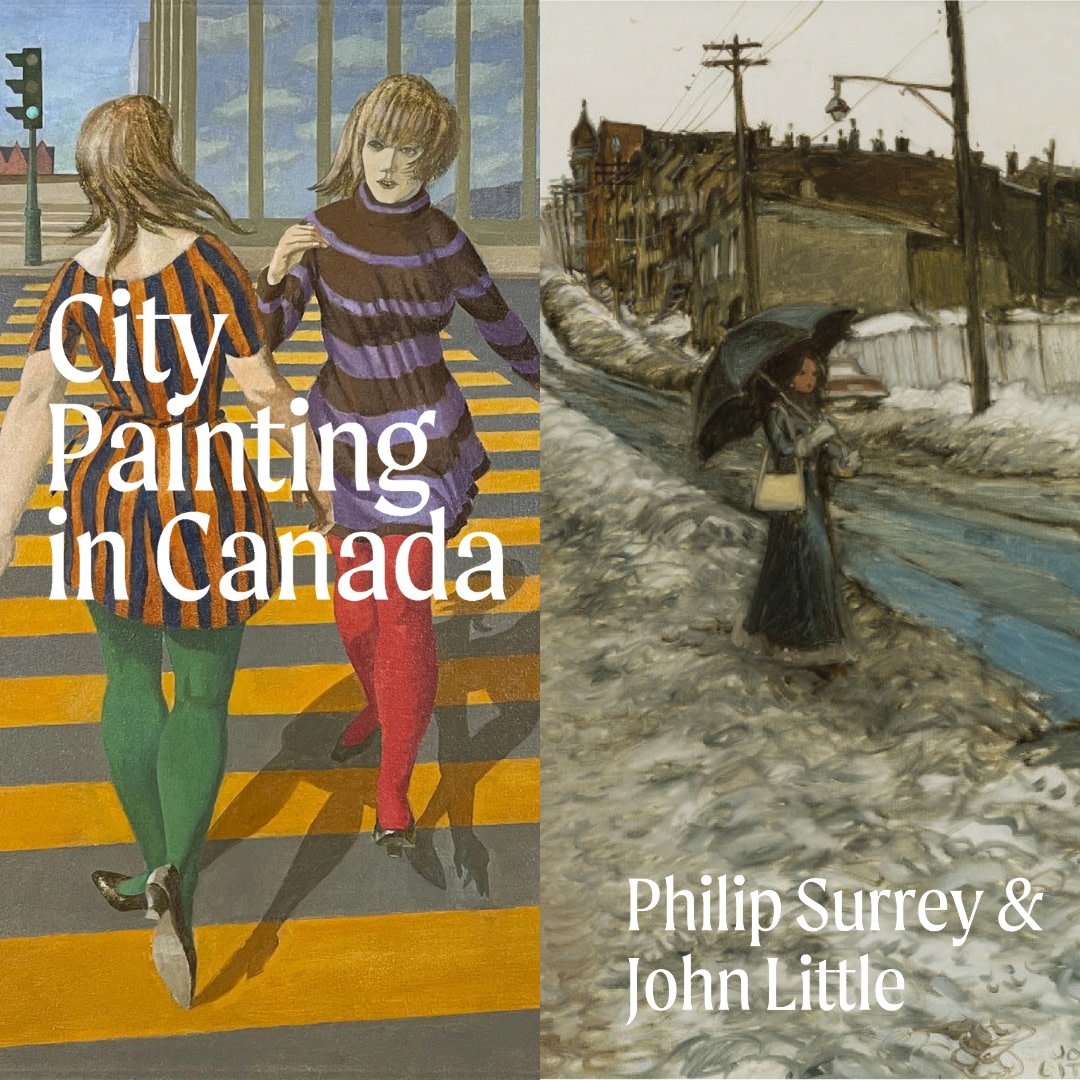
View the sale and exhibition online →
Toronto Gallery
November 14 - 29, 2024
Montreal Gallery
December 9 - 14, 2024
Philip Surrey and John Little are Canada’s most important post-World War ll urban artists. Theirs was a generation when cities across North America including Toronto, Montreal, Halifax, Calgary, Vancouver, Boston, Philadelphia, New York and countless others, were in a period of urban renewal accompanied by suburbanization. John Little’s painterly conservation of streets and neighborhoods, usually the unheralded of the working class, serve as a metaphor for the history that was eradicated throughout North America but which was ignored by artists.Philip Surrey’s approach to painting the city is for the most part about its residents, and provoke conversations about youthful beauty, vulnerability, loneliness, mystery and sometimes even the triste.
City Painting in Canada is the first exhibition dedicated exclusively to these two highly important Canadian urban artists. For those who are familiar with 1960s efforts to save some areas of New York and later Toronto from being Los Angelized, the name Jane Jacobs will resonate volumes. In painting John Little might legitimately be referred to as the Jane Jacobs of Canadian art. Astute visitors to our galleries, admiring paintings by Philip Surrey often comment that while Surrey’s palette and composition is his own, he shares obvious sensibilities with the internationally celebrated artist, Edward Hopper.
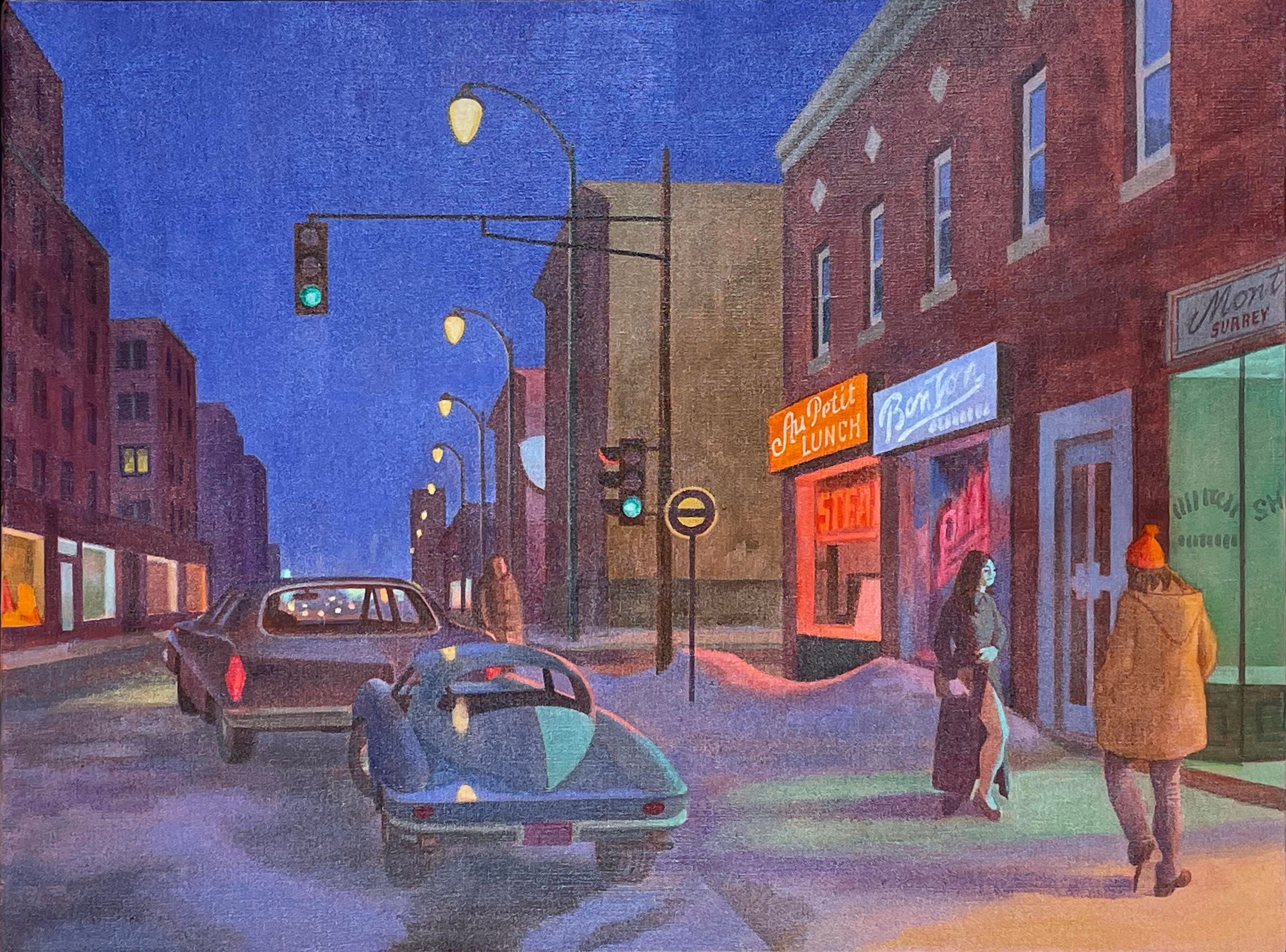
Philip Surrey (1910-1990), Au Petit Lunch. Oil on canvas. 18 x 24 in. (45.7 x 61 cm). Click here for details.
With occasional but infrequent forays into the landscape to paint, their focus was the city and their city experiences. Surrey and Little were each sensitive to different impacts of this evolution on his perspective and spent his entire careers describing it. Despite that Surrey confined his painting place primarily to Montreal and Little to Montreal and Quebec City, the message that they deliver in the canon of Canadian art of the era, and maybe in a greater North American context, is unique in this total commitment to urban art.
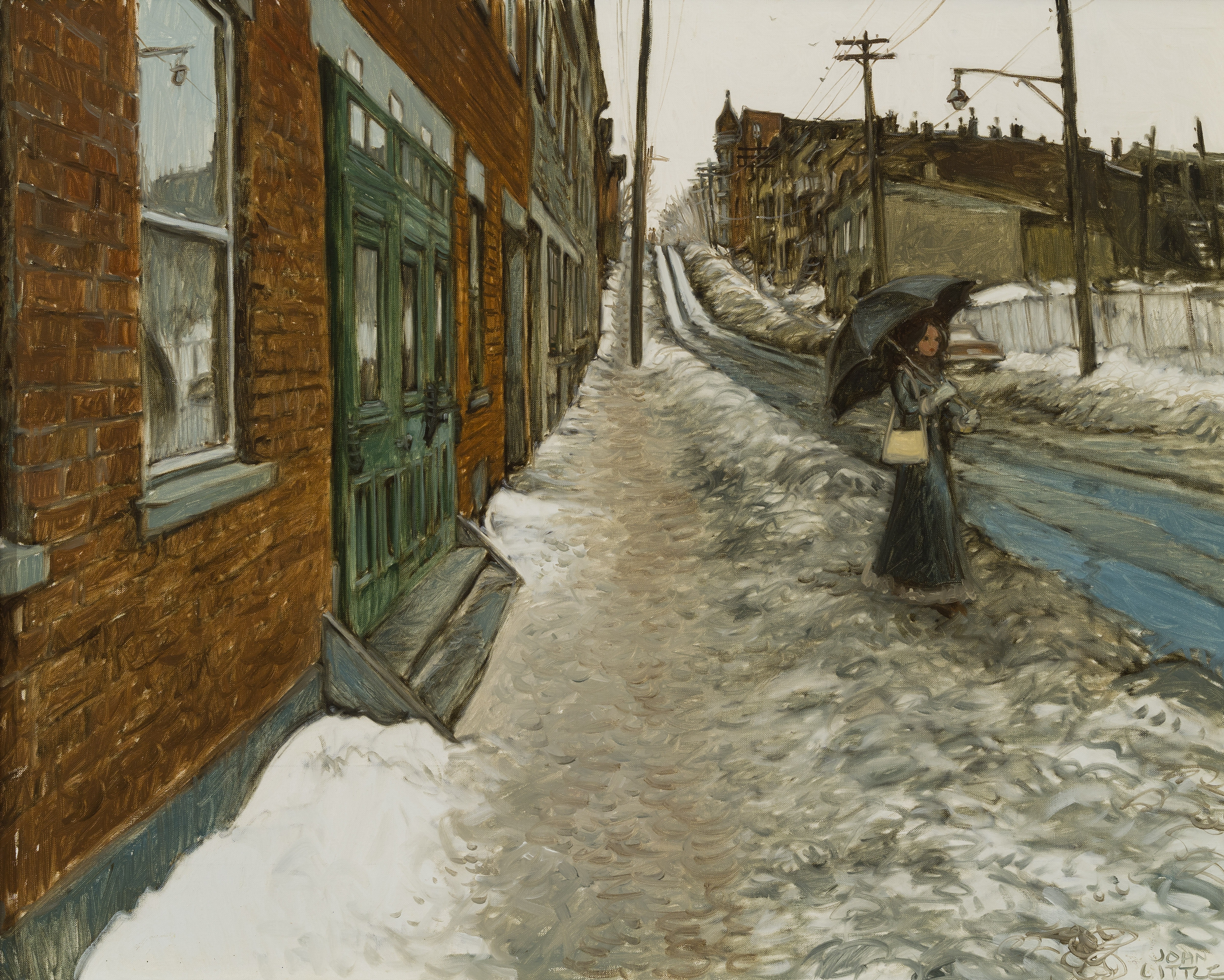
John Little (1928-2024), Une journée humide - rue Panet d’autrefois (A Humid Day, Panet Street in the Old Days), 1978. Oil on canvas. 24 x 30 in (61 x 76.2 cm). Click here for more details.
What was going on? During the 1950s through to the mid 1970s, city centres across North America were undergoing varying degrees of transition. In the only lengthy interview John Little ever granted, accompanied by his wife Lorraine, in 1994 they spoke for several hours to Alan Klinkhoff. Little said:
“Cities had been densely populated with little businesses and busy with people and people lived downtown. Of course every North American city has made this mistake where they thought that downtown should be given over to commerce and then people will live outside and, gosh, the thing is we’ll build highways cuz everybody has a car. We’ll build highways but then these shopping centres crop up and the city dries up downtown and you don’t get people living downtown except derelicts almost.”
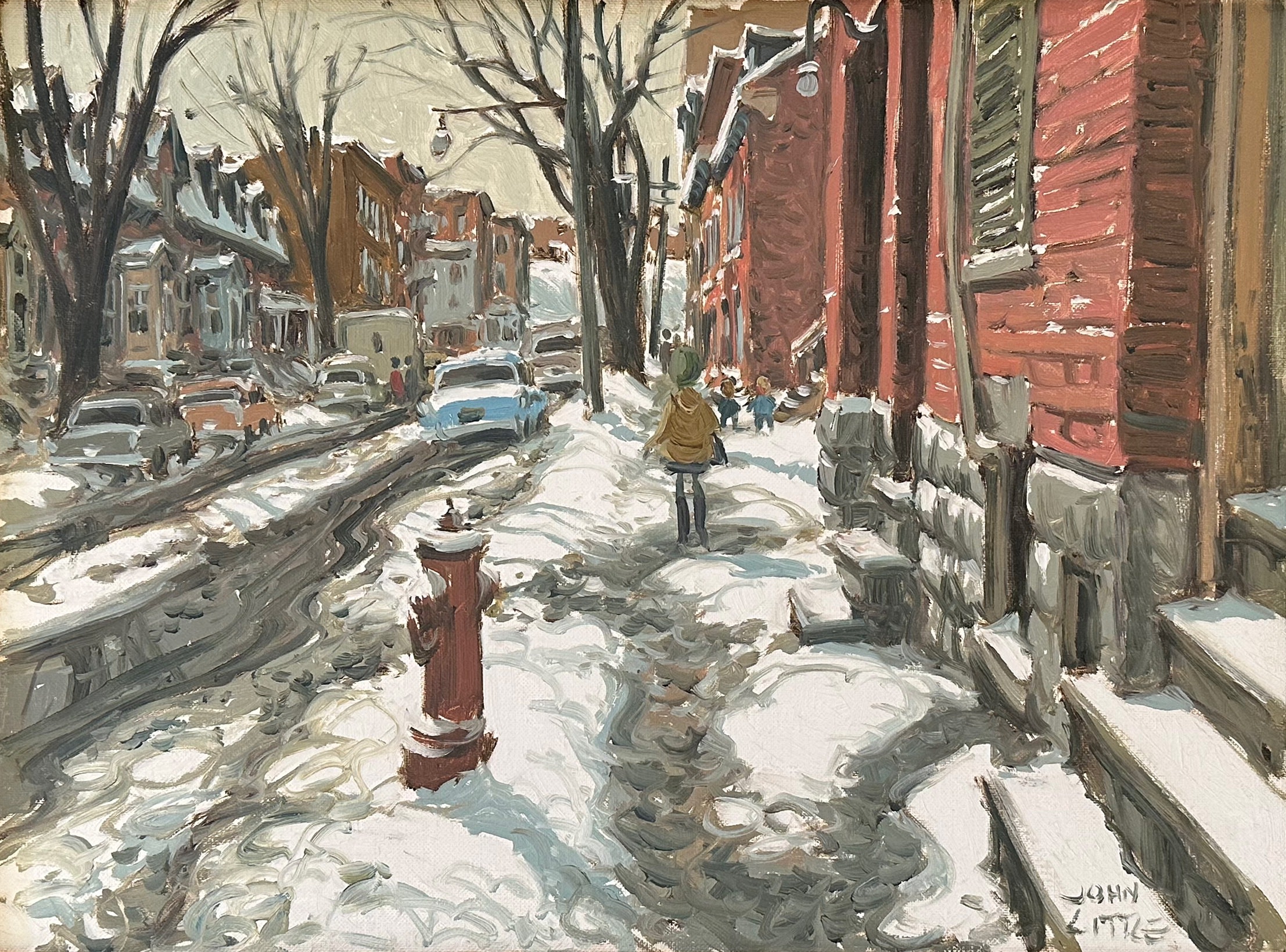
John Little (1928-2024), Rue St Martin, St. Henri, Montreal, 1965. Oil on canvas board. 12 x 16 in (30.5 x 40.6 cm). Click here for more details.
Come the mid to late ‘70s, urban planners, newly formed heritage groups and civic politicians recognized the adverse effect of their policies and then worked to bring life back downtown. It is still a work in progress in many cities and towns.
Philip Surrey, in his own words
“One aspect of my character which puzzled my wife after our marriage was my deep-seated pervasive feeling of loneliness...When I married, there was a problem...I wanted Margaret to be with me too much and it took awhile for us to understand the situation.”
"They [my paintings] are lit by artificial light of various colours, and, for me, the twilight has a special charm. Two or three kinds of light from different sources increase the complexity but also the interest of the problem."
“In many of my pictures there is a man walking by himself, that man is always me.”
"[to live with danger] is manifested in the reluctance or inability of a person to envision his own death even though he sees the threat all around him...This trait enables us, despite the statistics of traffic deaths, to drive with peace of mind."
"I cannot work quickly. I work my paintings out painfully, four or five at a time, a little bit of work on one, a bit on another: so difficult that sometimes I wonder why I put myself through all this. And yet, I repeat, I can't stop."
Philip Surrey, in the words of others
"The city is his place. Night is his time, and the overwhelming solitude of man his theme...
“Morning is his time and his theme the loveliness of youth. As I look at the girls who please his eye…dressed in their brightly coloured garments, the sculpting wind revealing the mould of their bodies... Full of health and grace, harmonious in color, melodious in rhythm, they make a lovely ballet.”
- Robert Ayre, City and the dream of Philip Surrey, Canadian Art, Vol. 21, September 1964
“No other Canadian artist has painted life in the city with constancy and authority. ……..he produced a series of works which captured the light-studded mystery of night in the metropolises as no one else has done. He has brought together the fluorescent worlds of traffic lights, neon tubing, cast shadows, and passing forms reflected in shop windows, and integrated them into harmonious and crisply composed wholes”. Paul Duval, Four Decades 1930-1970, published 1972.
“[Philip Surrey]has been the leading exponent of urban landscape painting in Canada,” read in part the citation for his award as a member of the Order of Canada in 1982.
John Little, in his own words
“If we knock down all our old buildings and neighbourhoods , we’ll become a people without a past” 1961
“Could this sort of thing have happened in Rome?” (Little, 1961)
Now you got neighbourhoods where all these square apartment buildings with little drawers sticking out the front - balconies with yellow brick mixed with artificial stone and these fiberglass balconies. How tacky. How tacky and the year they’re up is their best year because after that they get a little bit tackier - they never mellow with age. So, cities are built badly and there’s nothing you can do about it . (Little, 1994)
The Time & Life Building [NYC] that goes on for a whole block.. nothing- it’s just shiny marble and it’s all very well but as a pedestrian here you are this ant walking along a long bathtub. There’s no humanity there … there used to be all of these little buildings to balance the big ones. (Little, 1994)
I often used Lorraine too as a foil cuz you need a figure walking in or coming to create while to have the scale of a figure so forth. Lorraine often walked back and forth in front of these pictures (Little , 1994 )
Oh hockey, I loved hockey...it’s a hard game to paint except if you isolate a little rink in the backyard…I love that…those homemade rinks made out of old doors for the boards…it’s hard to paint...painting ice and skates it’s more difficult to make that work. (Little, 1994 )
Essentially you can’t change the world, Alan, it’s just you’re born too late, it’s just your own tough luck.” (Little , 1994)
John Little, in Alan Klinkhoff’s words
John Little’s importance in the canon of Canadian art history is that he is the only artist of his generation to paint the downtown before significant slices of the urban heritage were irreversibly changed by urban renewal, including demolition of buildings and occasionally entire neighborhoods, not surprisingly working class neighbourhoods, displacement of residents and gentrification of some areas, making for a new demographic. The streets, neighbourhoods and buildings he could preserve in paint on canvas in the cities where he painted serve as a metaphor for those demolished elsewhere.
We think of Little’s paintings of neighborhood streets, usually working class areas of the city, as portraits. Whereas portraits are traditionally commissioned and of the distinguished, Little’s streets are generally unheralded and unremarkable. He did occasionally conserve more noble built heritage downtown that was threatened by the wrecker's ball. As with conventional portraits the objective was to preserve a lasting record for future generations, a “family history” and “ a picture for the family album”, Little explained. His paintings freeze a heritage, before things changed. And they were and continued. He believed that the preservation of our heritage, the built and the social, in a documentary way, is important to a people.
Like most fine portrait artists, while immortalizing these neighbourhood streets and buildings he removed some of the blemishes and added sensibilities of his own. As one very astute admirer of Little’s paintings, a street photographer, aptly wrote us recently, “ I am in awe of how John Little could make the most prosaic street scene quietly, and almost mysteriously, compelling.”
Together as a body of work, John Little’s paintings form a rich visual archive and an important narrative in an accomplished and personal style of this period of suburbanisation and urban renewal in “his “cities. His interest is unique.



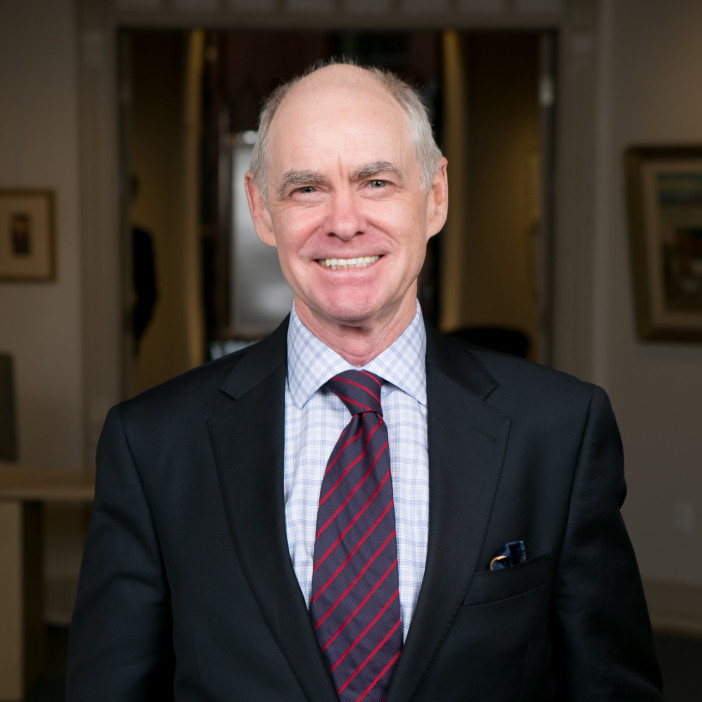
Add a comment